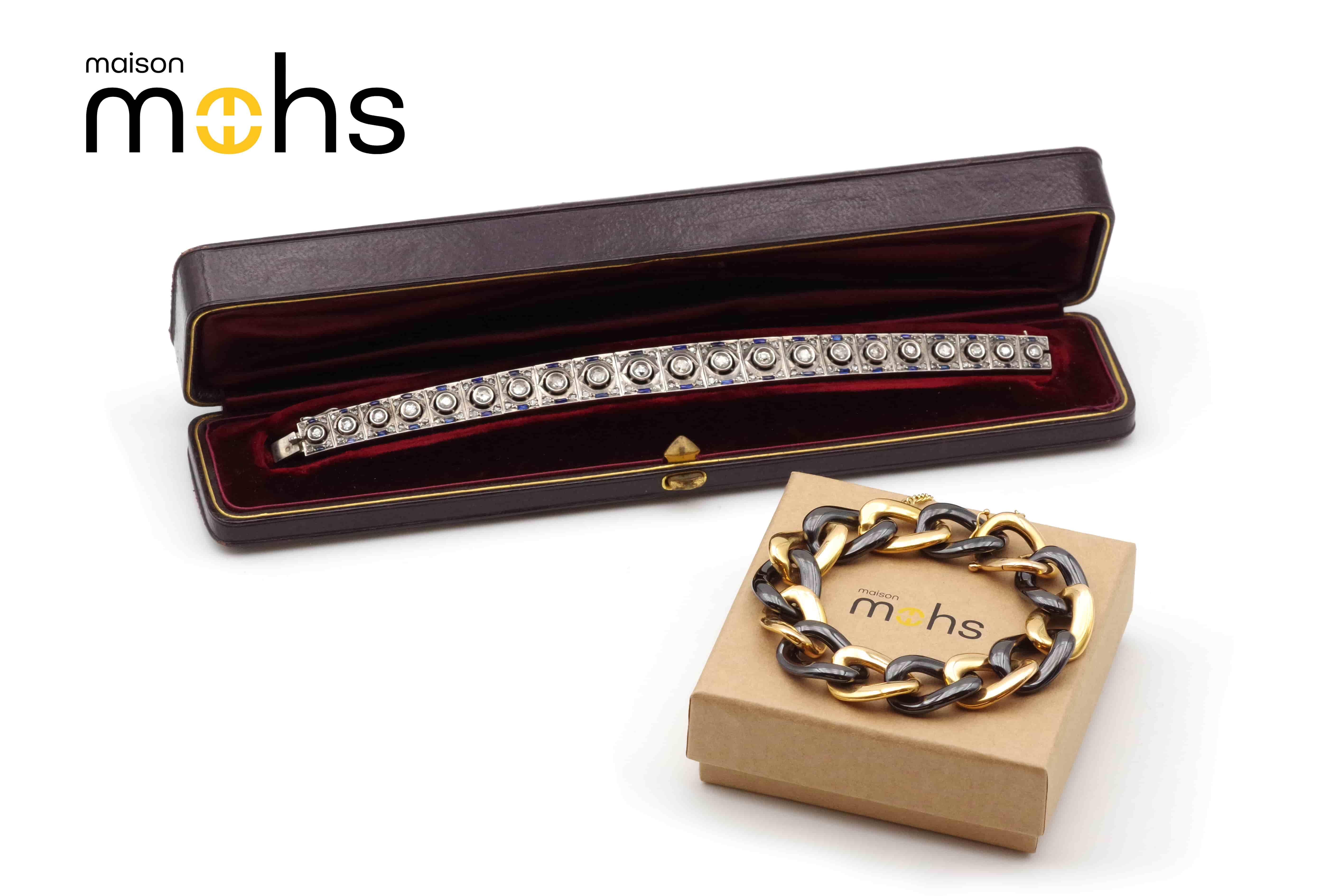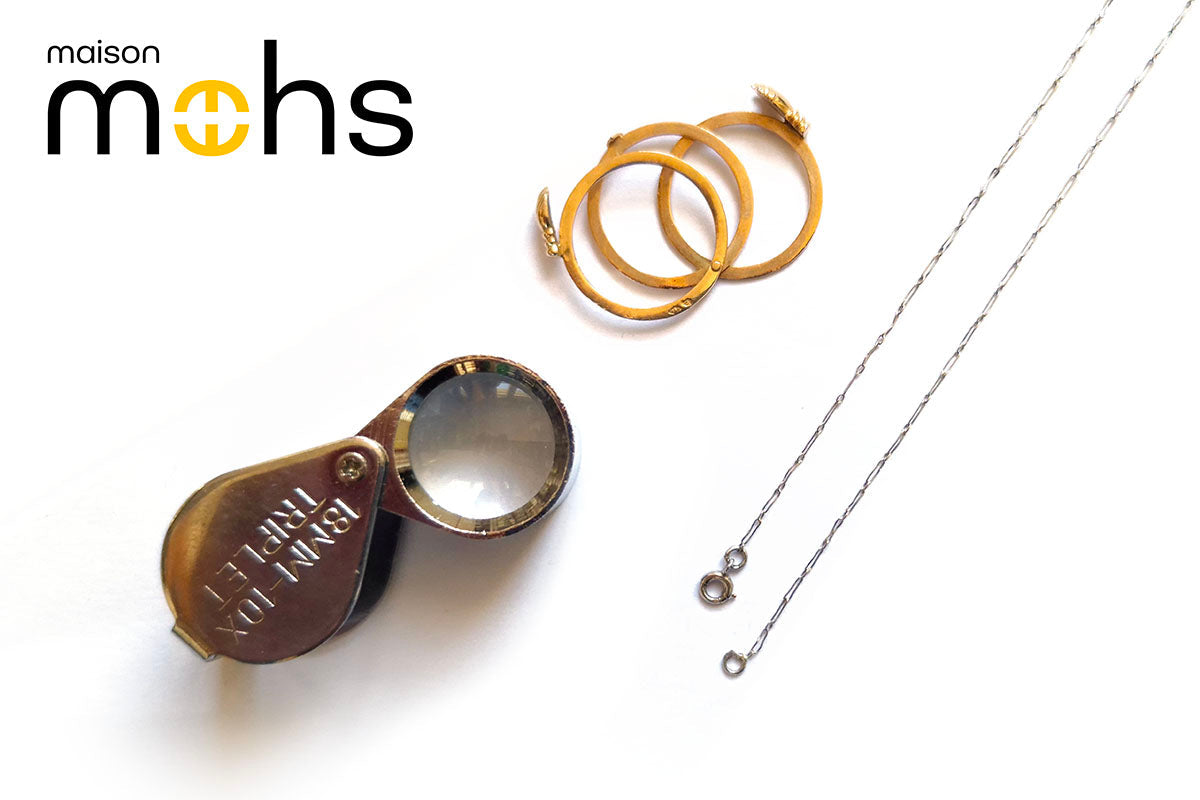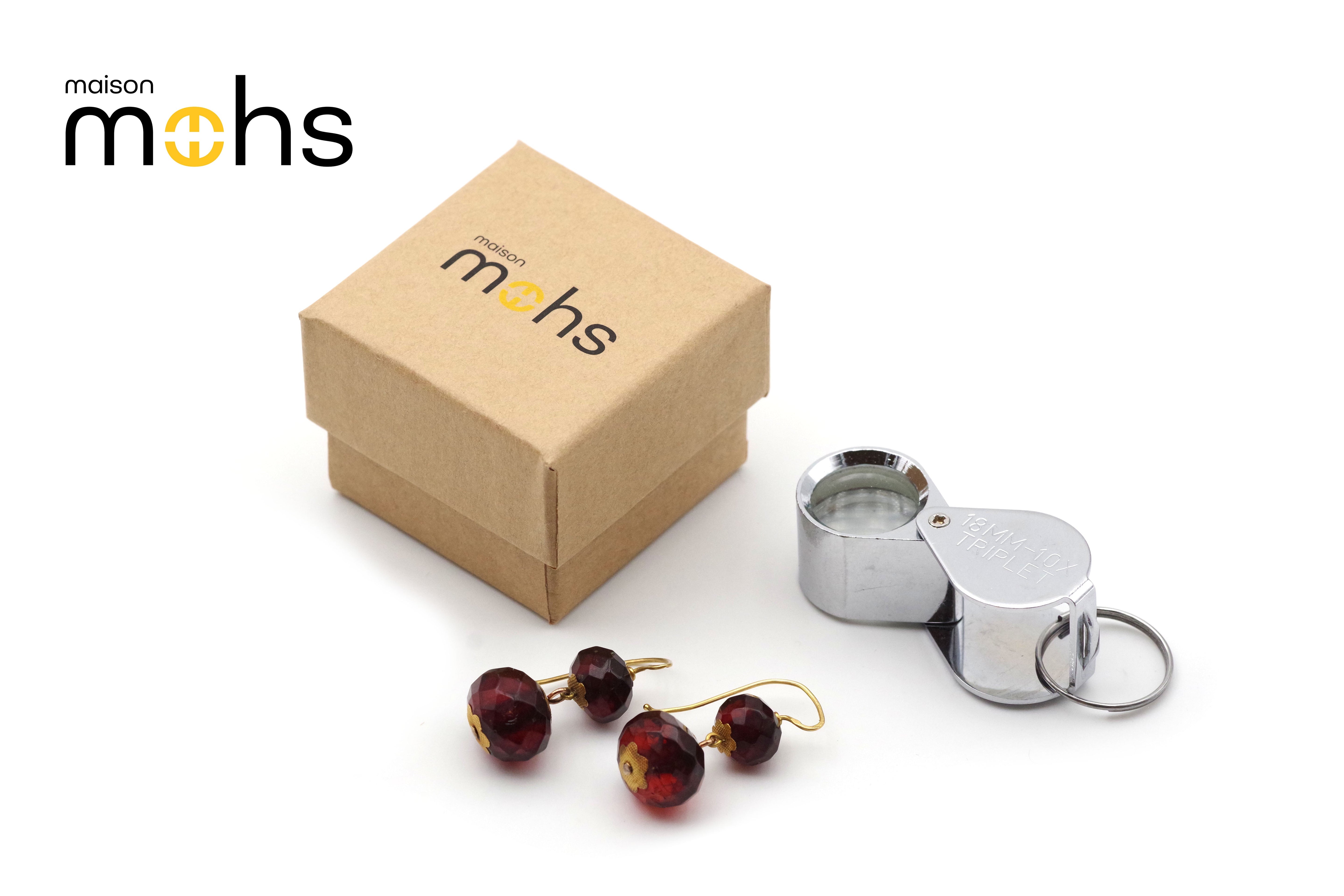
Antique vs. Vintage Jewelry: Key Differences and How to Identify Each
When shopping for secondhand jewelry, it's common to see the terms "antique" and "vintage" used as if they mean the same thing. But in the world of jewelry, these two labels have distinct meanings. Understanding the difference between antique and vintage jewelry is key—whether you're a collector, a vintage jewelry enthusiast, or simply looking for a unique and timeless piece. So, how can you tell if a piece is antique or vintage? And why does it matter when buying or selling jewelry? Here’s everything you need to know to identify and appreciate both styles.
What is antique jewelry?
A piece of jewelry is considered antique when it is more than 100 years old. These are pieces dating back at least to the beginning of the 20th century and can go back several centuries: antique jewelry, Renaissance jewelry, Rococo jewelry, Empire jewelry, Romantic and Napoleon III jewelry, Belle Époque jewelry, Art Nouveau jewelry, and more.
Characteristics of antique jewelry
Handcrafted
Many antique jewels are handmade in workshops using jewelry techniques that are now rare or lost. These traditional methods give each piece a unique character and a level of craftsmanship rarely found in modern jewelry.
Noble materials
Antique jewelry was crafted with high-quality materials, including: 18 karat gold (often yellow or rose), Platinum, Solid silver, Natural precious and semi-precious stones, Gemstones cut with antique techniques such as rose cut, old mine cut, or cabochon.
Perpignan garnet marquise ring in 18k rose gold, at Maison Mohs
The garnets are cut in a specific way, unique to this region of France.
Period hallmarks
Almost all antique jewelry bears a hallmark indicating its origin, metal content, or period of manufacture. These marks are helpful in dating and authenticating a piece.
Be aware, however, that there are always exceptions — some antique jewels may not be hallmarked, either due to wear, regional practices, or because they were made by independent or foreign makers.
Style defined by the eras
The Art Nouveau style, known for its sinuous, flowing lines; the Art Deco movement, famous for its bold geometric shapes; the Napoleon III era, with its naturalistic and romantic designs — all contribute to the rich variety found in antique jewelry.
Antique jewelry has significant historical, heritage and commercial value due to its rarity and uniqueness.
18-karat gold and platinum drapery necklace, Art Nouveau period, circa 1900
at Maison Mohs
What is vintage jewelry?
A piece of jewelry is considered vintage when it is between 20 and 100 years old. In other words, it refers to jewelry made during the 20th century, most often between the 1920s and the 1980s. Vintage pieces reflect the trends, materials, and craftsmanship of their time — from glamour to experimentation.
Characteristics of Vintage Jewelry
Iconic Styles
Vintage jewelry captures the essence of each era — the playful and feminine fantasy of the 1950s, or the bold exuberance of the 1980s. Each decade brought its own style language and aesthetic codes.
Various materials
Vintage jewelry was made using a wide variety of materials. Alongside gold and silver, you’ll find stainless steel, metal alloys, early plastics like Bakelite or Lucite, cultured pearls, and even glass or rhinestone elements. These materials contributed to the creativity and accessibility of vintage designs.

Bracelet by Jakob Bengel in chrome-plated metal and bakelite, sold by Maison Mohs
Industrial manufacturing
Much of vintage jewelry comes from industrial production, using more modern manufacturing techniques. This era introduced concepts like mass production, standardized designs, and even offshoring. As a result, jewelry was no longer handcrafted or unique, and was not necessarily made in France or in a single workshop. The focus shifted toward accessibility and volume rather than individuality.
Iconic brands
Cartier, Van Cleef & Arpels, Chanel, and even more accessible jewelry houses.
Vintage jewelry is often more affordable than antique jewelry, but it retains a retro charm and superior quality to contemporary jewelry.
Space Age half-set in 18k gold
signed Gay Frères, circa 1960, at Maison Mohs
Why is this distinction important?
For purchase and resale
If you're looking to buy or sell jewelry, knowing whether it's antique or vintage influences its value and authenticity . Antique jewelry, due to its age and rarity, often has a higher value than vintage jewelry. If the vintage jewelry is from a major brand, its value will be higher.
For style and heritage
If you're looking for a piece of jewelry with character, the era in which it was created plays a key role. Antique jewelry is more refined and steeped in history, while vintage jewelry embodies a bolder, more contemporary elegance.
For investment
Some antique jewelry, particularly those made of gold and set with precious stones, increases in value over time. Vintage jewelry, on the other hand, can gain in value depending on market trends (for example, the revival of designer jewelry from the 1970s).
Make the right choice!
Whether you prefer antique jewelry for its historical charm or vintage jewelry for its on-trend appeal, each category has its advantages. The important thing is to clearly identify the period, materials, signature, and authenticity before purchasing.
Would you like to discover a selection of authentic antique and vintage jewelry? Browse our collection and find the piece that's perfect for you!











